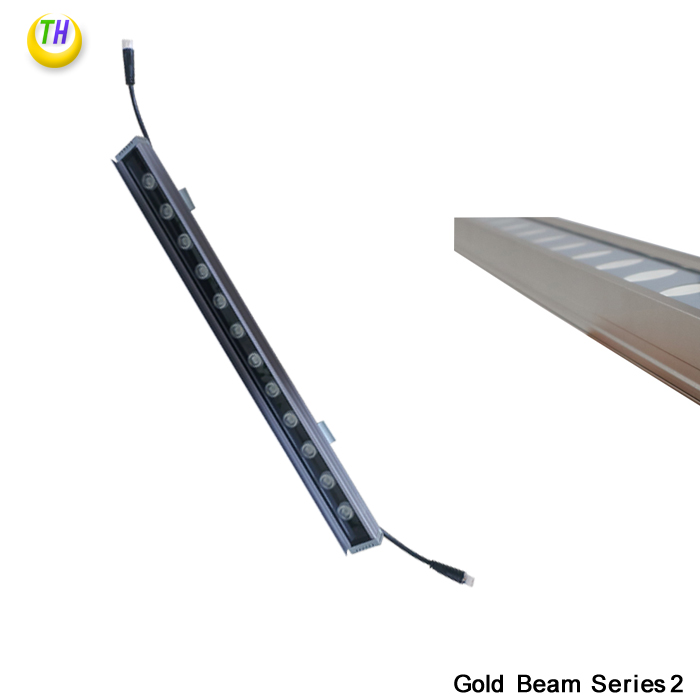How to measure the junction temperature of LED specifically
- 2020-10-12
- Views:0
How to measure the junction temperature of LED specifically
(Summary description)
- Categories:NEWS
- Author:
- Origin:
- 2020-10-12
- Views:0
For example, I used Xlamp7090XR-e of Cree Corporation. To show how to measure the junction temperature of LED. The LED has been installed in the radiator and is powered by a constant current driver. At the same time, the two wires connected to the LED should be drawn. Before electricity a voltmeter is connected to the output (LED the positive and negative), and then, turning on the power supply before LED is not hot, immediately read the voltmeter reading, which is equivalent to the value of the V1 and at least 1 hour, etc. It has reached thermal equilibrium, test again, the voltage across the LED equivalent of V2. Subtract these two values to find the difference. And then if you subtract 4mV, you get the junction temperature. In fact, most leds are in series and in parallel, which doesn't matter. In this case, the voltage difference is jointly contributed by many leds in series. Therefore, the junction temperature can be obtained by dividing the voltage difference by the number of leds in series and then removing it by 4mV. For example, an LED is 10 strings of twos with a voltage of 33V measured for the first time and 30V measured for the second thermal balance with a voltage difference of 3V. This number is divided by the number of leds in series (10) to get 0.3V, and then divided by 4mV to get 75 degrees. Assuming the ambient temperature before starting up is 20 degrees, then the junction temperature should be 95 degrees.
The junction temperature obtained by this method must be much more accurate than using thermocouple to measure the temperature of the radiator to calculate its junction temperature.
Looking at the curve in Figure 1 below, you can see that the lifespan of an LED corresponds to a temperature of 95 degrees and you can see that the lifespan of an LED is 20,000 hours. However, this method has a certain credibility when applied to indoor LED lamps. If applied to outdoor LED lamps, especially high-power LED street lamps, there are still many uncertainties. The biggest problem is that the heat dissipation efficiency of LED street lamps decreases with time. This is due to the accumulation of dust, bird excrement and make its heat dissipation efficiency decreased. Also because of the very strong uv radiation outside, will also reduce the life of LED. Ultraviolet ray basically is the ageing that has very big effect to the epoxy resin that pack, if use silica gel, can be improved somewhat. Ultraviolet rays also have some bad effects on the aging of phosphors, but they are not very serious.
However, this method is more effective to compare the cooling effect of the two radiators. Obviously, the less the volt-ampere characteristic is shifted to the left, the better the heat dissipation effect is. In addition, it has a certain accuracy in predicting the life of indoor LED lamps.

Qingdao Tonghui Lighting Technology Co.,ltd
Whatsapp/Wechat No.:0086-15753273917
joe@tonghuilighting.cn
www.tonghuilighting,cn
Scan the QR code to read on your phone

E-mail: info@tonghuilighting.cn
ADD: No. 1, Guiding Road, Licang District, Qingdao, Shandong, China
Tel: +86-532-80928966 +86-532-80925662


